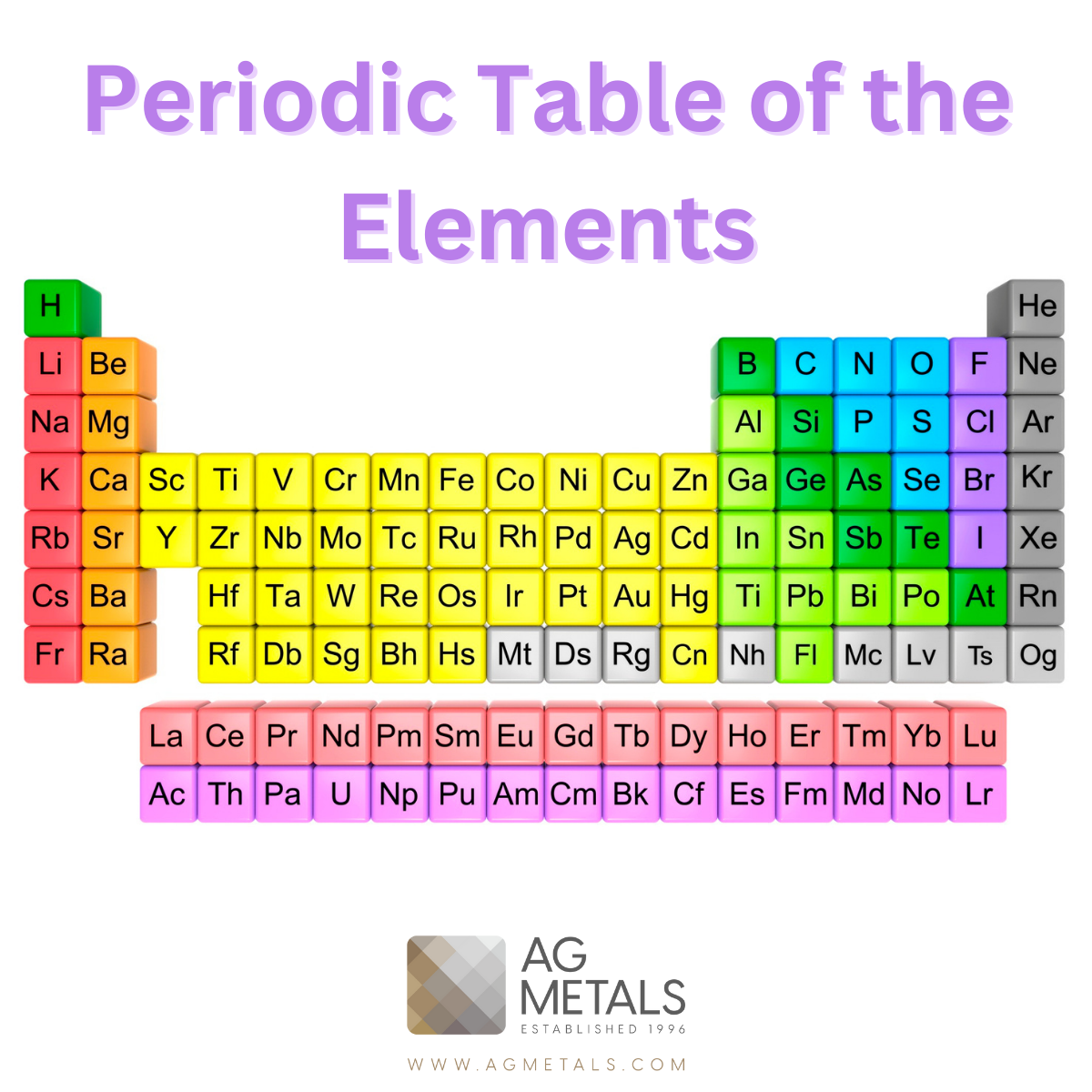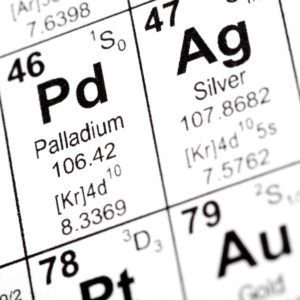The Periodic Table
The periodic table is a chart that arranges all of the known elements according to their atomic structure and properties. It is organized into rows and columns, with each row corresponding to a different energy level or electron shell, and each column representing a different group of elements with similar properties. The elements are arranged in order of increasing atomic number, which is the number of protons in the nucleus of an atom.
The periodic table is a valuable tool for predicting the behavior of different elements, including precious metals, in various chemical reactions. It also allows scientists to understand the underlying patterns and trends that govern the behavior of elements, which can be used to develop new materials and technologies.
Precious metals are located in the periodic table within a specific group of elements called the transition metals. These metals include gold, silver, platinum, and palladium, among others. The transition metals are characterized by their unique electronic structure, which includes partially filled d-orbitals.
The properties of precious metals, including their high conductivity, resistance to corrosion, and malleability, are largely determined by their electronic structure, which is in turn determined by their position in the periodic table. For example, gold and silver are located in the same column of the periodic table, which means that they have similar chemical properties.
The periodic table also allows us to predict the reactivity of different elements with each other, which is crucial for understanding how precious metals can be extracted and processed. For example, gold is a relatively unreactive element, which means that it can be easily separated from other metals using chemical processes. In contrast, platinum and palladium are more reactive, which can make their extraction and processing more difficult.
In addition to their practical applications, precious metals are also of great interest to scientists because they provide a unique window into the workings of the universe. For example, gold and platinum are thought to be produced in supernova explosions, which means that they can provide clues about the structure and evolution of stars.
Overall, the periodic table is an essential tool for understanding the properties and behavior of precious metals, as well as the entire field of chemistry. By providing a framework for organizing and predicting the behavior of elements, the periodic table has revolutionized our understanding of the natural world and paved the way for countless scientific discoveries and technological advancements.
The periodic table has become a useful working tool for students and technology professionals, as it contains a lot of information on both chemical and physical properties of the elements. It is the standard form in presenting additional information like magnetism, energy references, and more.




